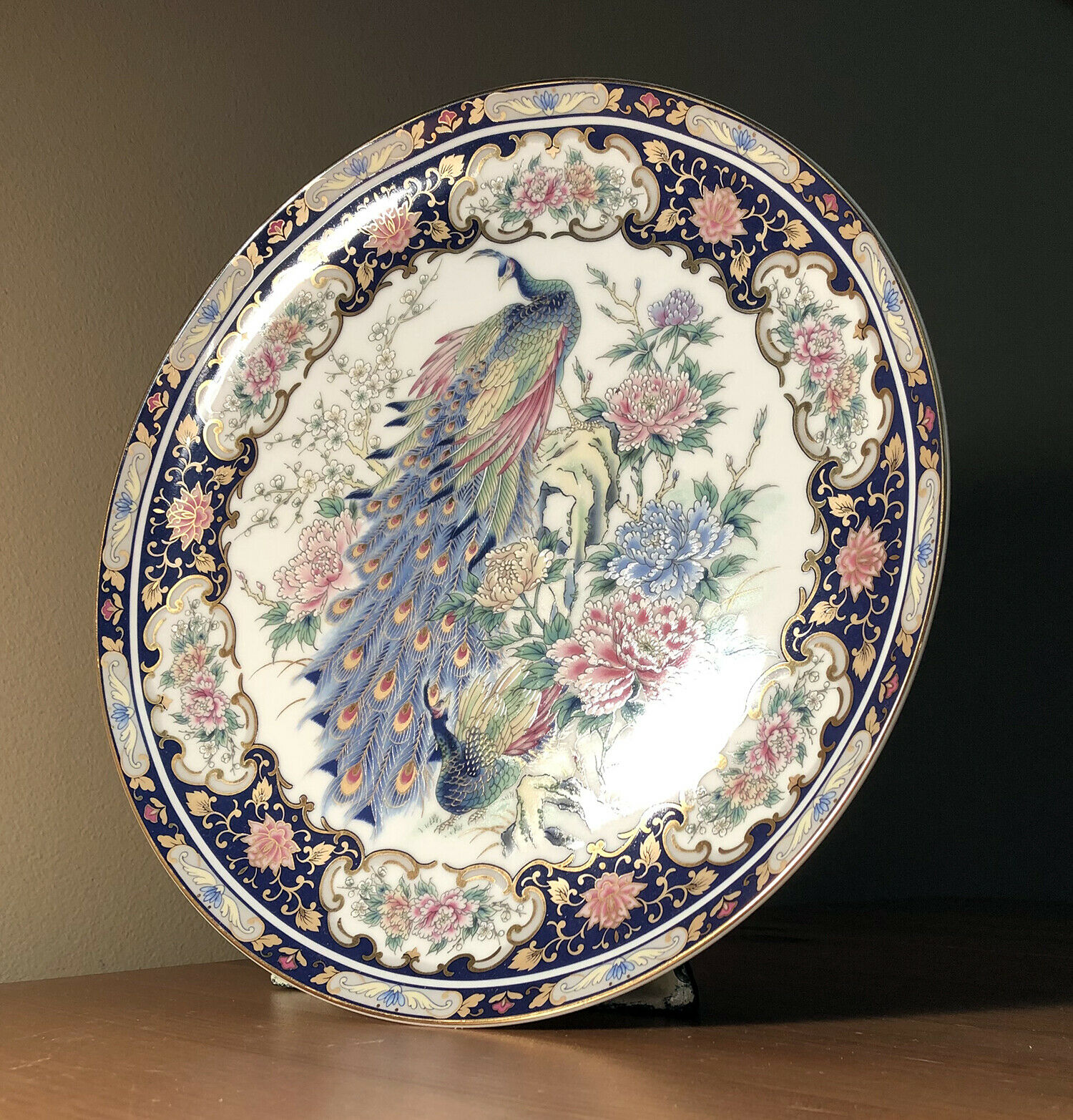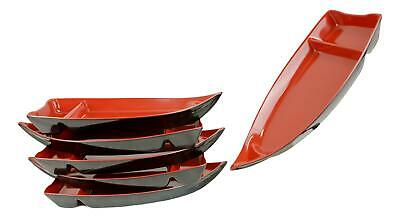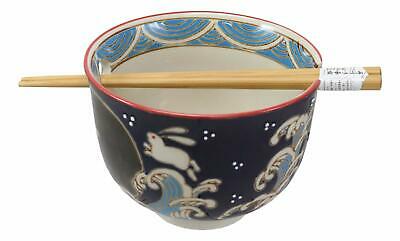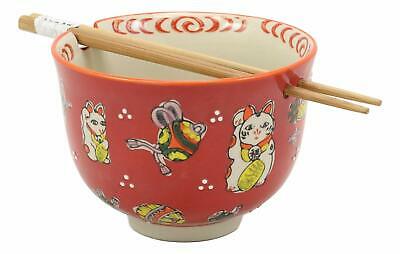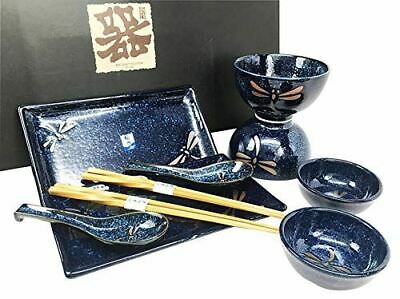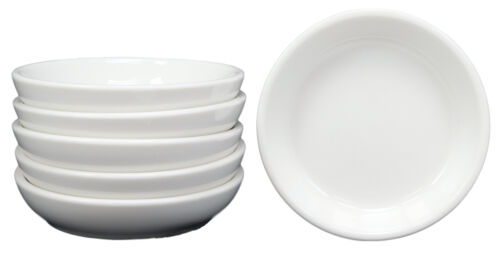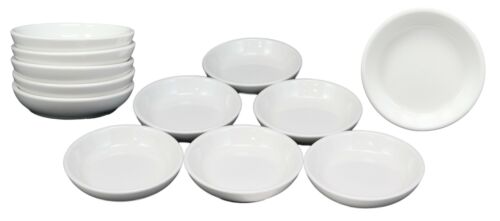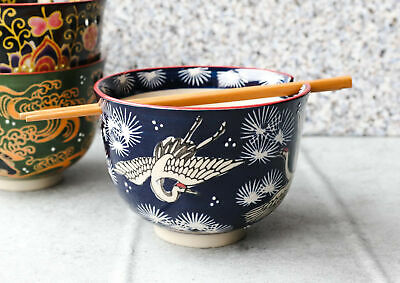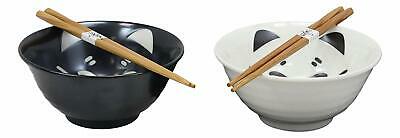-40%
mid century familie rose japan toyo gold-finish charger/server/tray/dish peacock
$ 39.6
- Description
- Size Guide
Description
the chargeri can find no issues.
really absolutely beautifully done charger by toyo. now, there is a toyo that created ceramics in the mid century, but that company was based out of macao and this is made in japan. so it is possible that this is by toyo ceramics (you can read more about them below). if it was them, this charger likely dates to the late 1980s since it has a very vintage-ey looking gold foil sticker and the toyo ceramics company i was able to find any information about started production in 1986. i think this style of pottery is called familie rose (more on that below). this is just a beautiful, impressive piece with a lot of presence.
marks (gold foil sticker; see last image)
toyo
made in japan
dimensions: (you can view the second-to-last-image for a sense of scale)
diameter: 10 1/2"
the rim is about (a squat) 1/2" away from the surface on which the plate rests (the squatness is great for hanging on a wall)
about toyo ceramics co.
(from: toucera)
arita-cho is a small town located in the western part of saga prefecture with a population of approximately 21,000 people and area of 65.85 square kilometers. but arita-cho is a town with a history of over 400 years, but it is famous as a pottery town for a long time.
there are about 200 kilns and hundreds of trading companies in this small town now.
in 1616 a pottery was found in izumiyama and the porcelain was baked for the first time in japan. it is the most famous porcelain town in japan.
it was called imari ceramic ware in the edo era (christian era 1603~1868). and now it is transmitting to the world by the name of arita ware.
toyo ceramics co., ltd. is a young company established in 1986.
however the products which this company is making are overflowing with goods born from innovative ideas while keeping a tradition.
and this company is known as a unique company in arita-cho.
about familie rose
(from: wikipedia)
the term famille rose meaning «pink family» was introduced together with famille verte («green family») in 1862 by albert jacquemart to classify qing dynasty porcelain by their colour palettes. this is still the term most commonly used, although various other terms originating from chinese are also used. different authors, however, have used these chinese terms differently.
the origin of famille rose is not entirely clear. the pink colour palette was achieved in europe through the use of purple of cassius made of colloidal gold and first used on glass. it is generally believe that the use of this new colour palette in china was introduced by jesuits in china to the imperial court, initially on enamels used on metal wares such as cloisonné produced in the falang or enamel workshop (珐琅作), or through adaptation of enamels used in tin-glazed south german earthenware. the term used by tang ying (who oversaw the production of porcelain at Jingdezhen) and in Qing documents was yangcai («foreign colours»), indicating its foreign origin or influence. research, however, has failed to show that the chemical composition of the pink enamel pigment to be the same as that of the european one, although the cobalt blue of the enamel from some famille rose pieces has been determined to be from Europe. the oil used in gold-red chinese enamel was doermendina oil instead of turpentine oil used in the west. colloidal gold may have been previously available for use in jingdezhen to achieve such colours, and gold-red enamel technique from guangdong was used during the reign of kangxi. rudimentary famille rose have been found in chinese porcelain from the 1720s, although the technique was not fully developed until around 1730 during the yongzheng period. the pink of the early pieces of the 1720s were darker in colours made with ruby-coloured glass, but after 1725 softer shades were achieved by mixing with white enamels.
at the palace workshops in beijing, experimentations was conducted under the supervision of prince yi to develop a range of enamel colours and techniques for applying the such enamels onto blank porcelain supplied by jingdezhen. these blank porcelain would not have been produced at the palace due to the polluting nature of the big kilns, and pieces of porcelain decorated at the palace and then fired in muffle kilns are called falangcai. court painters were employed to make drafts that may include calligraphy and poetry to decorate such wares, which produced a new aesthetic style of decoration on porcelain distinct from those used outside the court. falangcai decorations may be painted on a white ground, or on a coloured ground with yellow the most popular. as falangcai was produced at the palace for its exclusive use, there are relatively fewer pieces of falangcai porcelain.
maker's and/or other marks
(gold foil sticker; see last image)
toyo
made in japan
dimensions
(you can view the second-to-last-image for a sense of scale)
diameter: 10 1/2"
the rim is about (a squat) 1/2" away from the surface on which the plate rests (the squatness is great for hanging on a wall)
condition
i can find no issues.
the fine print
the images serve as the majority of the listing description, so take a look at them closely.
shipping costs have really increased—this is calculated into the buy-it-now price.
i am not able to sell individual items from items i have listed as a group. i just don't have the stamina to create new listings for those. i apologize for that. i haven't initially individually listed items because i don't have enough listing slots to so.
trying to downsize some, though extremely melancholically.
shipping time: i otherwise work more than full time and my health isn't great, so kindly excuse the longer handling time. if i am able to ship sooner, i absolutely will do that
. i appreciate you taking the time to view my listing.
